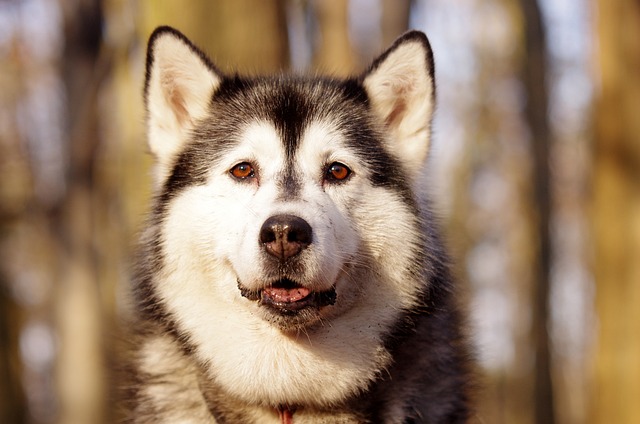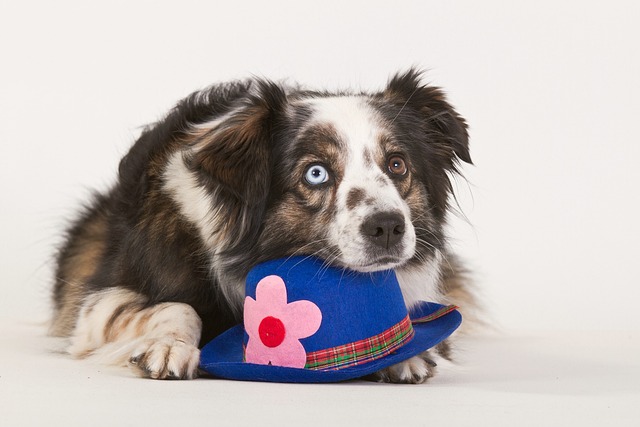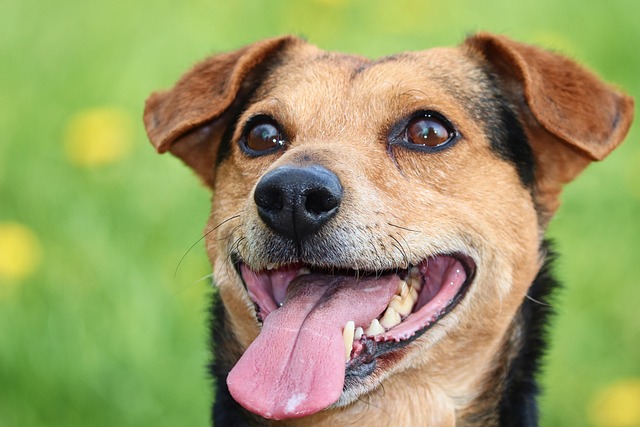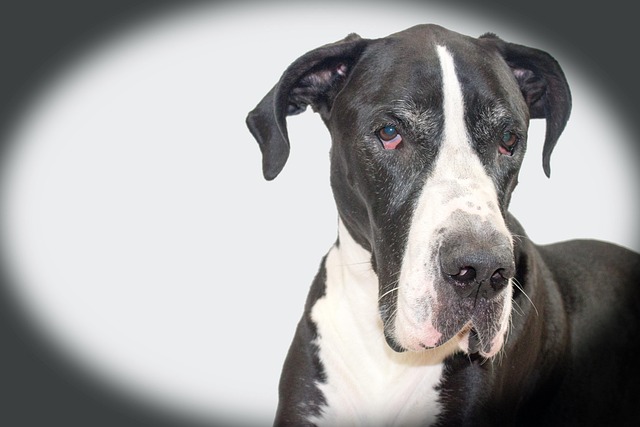
What smells are dogs most sensitive to?
In the human sensory world, vision dominates. We use our eyes to capture the colorful world and use light and shadow to outline the contours of everything.
When we joyfully welcome a dog into our family, it's like embarking on a warm and responsible journey. We watch them run around merrily and play naughtily, and every moment brings us boundless joy. However, sometimes our dogs' health can encounter some issues, such as calcium deposition, which really worries many pet owners. Calcium deposition is like an "uninvited guest" hidden in a dog's body, quietly affecting their health.
Calcium deposition refers to the abnormal accumulation of calcium in specific parts of a dog's body. Under normal circumstances, calcium plays a vital role in a dog's bone development, muscle contraction, nerve conduction, and other aspects. But when there is a disorder in calcium metabolism, it may lead to calcium deposition. Some congenital diseases, for example, certain dog breeds may have specific genetic defects that affect the normal metabolism of calcium, thus increasing the risk of calcium deposition. In addition, an unreasonable diet structure is also a common factor. If a dog is fed high-calcium or nutritionally unbalanced food for a long time, exceeding the normal metabolic capacity of the dog's body, the excess calcium may "settle down" in the body. For instance, some owners feed their dogs a large amount of foods with extremely high calcium content in order to make them strong, but they ignore the balanced combination of other nutrients, and the result is just the opposite.
Calcium deposition can bring a lot of pain to dogs. If the deposition occurs in the joints, dogs may experience joint pain, swelling, and their movements will become sluggish. The dogs that used to be lively and active no longer want to run and play, and they become cautious when going up and down the stairs. Just imagine that the little guy who used to be eager to rush out and play now can only lie in the corner because of joint discomfort, with a look of helplessness in his eyes. How can this not make the owner feel distressed? And when calcium deposition affects the urinary system, it may cause frequent urination, painful urination, and even hematuria. Dogs will show restlessness when urinating, frequently assume the urination posture but can't urinate much. At this time, their physical discomfort is obvious.
 So, once we find that a dog has a calcium deposition problem, how should we deal with it? First of all, adjusting the diet structure is a crucial step. We need to ensure that the dog's nutrient intake is balanced and avoid excessive calcium supplementation. We can consult a veterinarian and formulate a personalized diet plan according to the dog's age, weight, breed, and health condition. Generally speaking, choosing high-quality dog food is the foundation, and high-quality dog food will be scientifically formulated according to the dog's nutritional needs. For dogs that already have calcium deposition, they may need to choose dog food with a low calcium formula, and at the same time, appropriately increase foods rich in vitamin D, phosphorus, and other substances that are helpful for calcium metabolism. For example, an appropriate amount of salmon is not only rich in high-quality protein but also contains vitamin D, which can help dogs absorb and utilize calcium better.
So, once we find that a dog has a calcium deposition problem, how should we deal with it? First of all, adjusting the diet structure is a crucial step. We need to ensure that the dog's nutrient intake is balanced and avoid excessive calcium supplementation. We can consult a veterinarian and formulate a personalized diet plan according to the dog's age, weight, breed, and health condition. Generally speaking, choosing high-quality dog food is the foundation, and high-quality dog food will be scientifically formulated according to the dog's nutritional needs. For dogs that already have calcium deposition, they may need to choose dog food with a low calcium formula, and at the same time, appropriately increase foods rich in vitamin D, phosphorus, and other substances that are helpful for calcium metabolism. For example, an appropriate amount of salmon is not only rich in high-quality protein but also contains vitamin D, which can help dogs absorb and utilize calcium better.
Secondly, exercise is also very important for improving the calcium deposition situation in dogs. Appropriate exercise can promote the dog's blood circulation, enhance muscle strength, and help maintain joint flexibility. But the exercise should be moderate and not too strenuous, so as not to increase the burden on the joints. For example, taking the dog for a 20 to 30-minute walk every day is more suitable for most dogs. During the walk, the dog can move its joints and at the same time enjoy the fresh outdoor air and sunlight, which is beneficial to their physical and mental health. For some small dogs or dogs with more serious joint problems, they can choose to do some simple activities indoors, such as playing some gentle interactive games, allowing the dog to do an appropriate amount of exercise in a relaxed and pleasant atmosphere.
In some cases, drug treatment is also necessary. The veterinarian may prescribe some medications to regulate calcium metabolism according to the specific situation of the dog's calcium deposition. For example, some medications that can promote calcium excretion or help dissolve calcium deposits. But the use of medications must strictly follow the veterinarian's instructions, and the dosage cannot be increased or decreased casually, because improper use of medications may bring other side effects. The owner needs to closely observe the dog's reaction during the medication process. If any abnormalities occur, they should promptly report to the veterinarian.
Prevention is always better than cure. In daily life, the owner should always pay attention to the dog's diet and health condition. Regularly take the dog to the pet hospital for physical examinations. Through blood tests, X-rays, and other means, potential calcium metabolism problems can be detected early, so that timely adjustment and intervention can be carried out. At the same time, reasonably arrange the dog's life, and let them maintain appropriate exercise and good living habits. Every owner hopes that their dog can grow up healthily and happily. As long as we are more careful and patient, we can build a solid health defense line for our dogs, keep them away from the troubles of diseases such as calcium deposition, and let them continue to spend wonderful days carefree by our side.

In the human sensory world, vision dominates. We use our eyes to capture the colorful world and use light and shadow to outline the contours of everything.

When we look into our dogs' eyes, their bright and lively eyes seem to be able to speak, conveying dependence and trust.

When you come home after a busy day, you open the door and see your dog lying quietly on the floor, wagging its tail and looking at you. The warmth and healing of that moment are the most cherished moments for countless dog owners.

When a dog that is usually lively and active suddenly loses its appetite, becomes listless, or even vomits frequently, every pet owner will be worried that it is intestinal obstruction, a "health killer".

When we caress the furry ears of dogs and enjoy the warm moments of cuddling up with each other, our hearts are filled with happiness.

When we see the dog frequently shaking its head, scratching its ears, and even having red and swollen ears with an unpleasant smell,